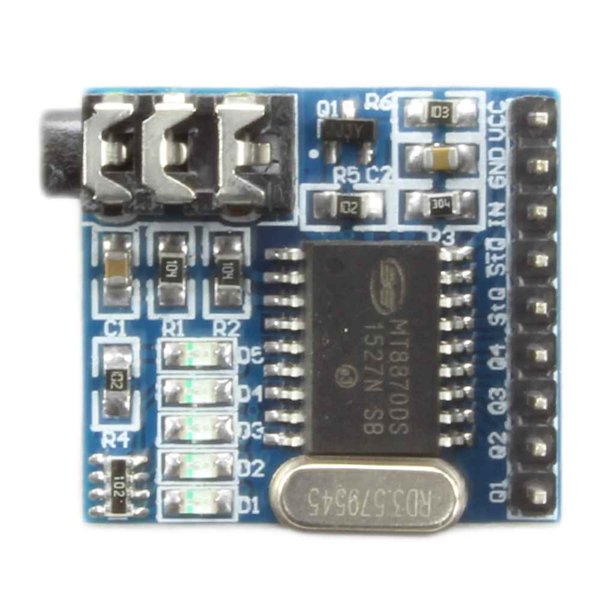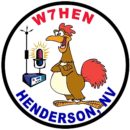
TEK NET
The Henderson Amateur Radio Club is pleased to present our Tek Net every Sunday evening, starting at 8pm local time (0300 UTC).
The audio portion of the Tek Net will be found on the Henderson Amateur Radio Club Repeater Network (RF). The audio may also be accessed via Echolink (W7HEN-R node 740644) and Allstar (node 44045).
The audio will refer to this page, so that the listener can more fully understand the concepts as they are presented.
All are welcome!
December 4, 2022
“Repeater Control sysytems”
This topic is probably my favorite when it comes to ham radio repeaters.
In the early 1970s the control system of a repeater consisted of pretty much a signal detection circuit Called a COR ( carrier operated relay) and a transmitter PTT keying circuit.
Any signal received by the receiver would activate the COR and key the PTT of the transmitter.
One of the first circuits soon added was a delayed drop out circuit.
This gave the transmitter a delayed drop out time period after a signal was received so that the transmitter didn’t ker-chunk constantly as folks released their PTT switch on the microphone.
This came to be know as the Squelch tail.
After a while the FCC got involved and now repeaters had to have a T-O-T ( time out timer) added to prevent run away transmitters from constant transmitting In the case of severe interference to the receiver or lock up condition.
As time marched on it was evident that jammers and people who liked to annoy regular operators on these repeaters had to be addressed.
So now we had to be able to shut down that repeater for a time until the offender would go away somewhere else.
If wireline control wasn’t available then Tone signaling was the answer.
Tone Burst on a specific frequency was originally used to switch relays of the control system.
Control operators could send a short burst to control the repeater’s PTT line to the transmitter thus “Disabling“ the repeater on demand.
A gift from the radio gods…
Then Bell Labs in November 1963 came out with DTMF or Touch-Tone signalling for telephones. DTMF stands for Dual Tone Multi Frequency. These signals consisted of two different tones sent at the same time.
YIKES…holy cow Batman!!!
We hams can use that!
Think of the control capabilities we can do now.
Ma Bell’s dtmf decoder ( more accurately called a “dtmf or touch-tone receiver”) was the gift to control system builders, sent from the radio gods…..
It operated on 28 volts and was used in inter-office and telephone switching center systems to route calls etc.
Of course these units were incredibly expensive and NOT available to the public being proprietary equipment of the phone company.
However as time moved on….the KTU model 247B would miraculously find itself into the “surplus market” or radio black market.
If you had a friend that had a guy… that knew a guy …who May have one available… then you were in business. My first 247B cost me $300.

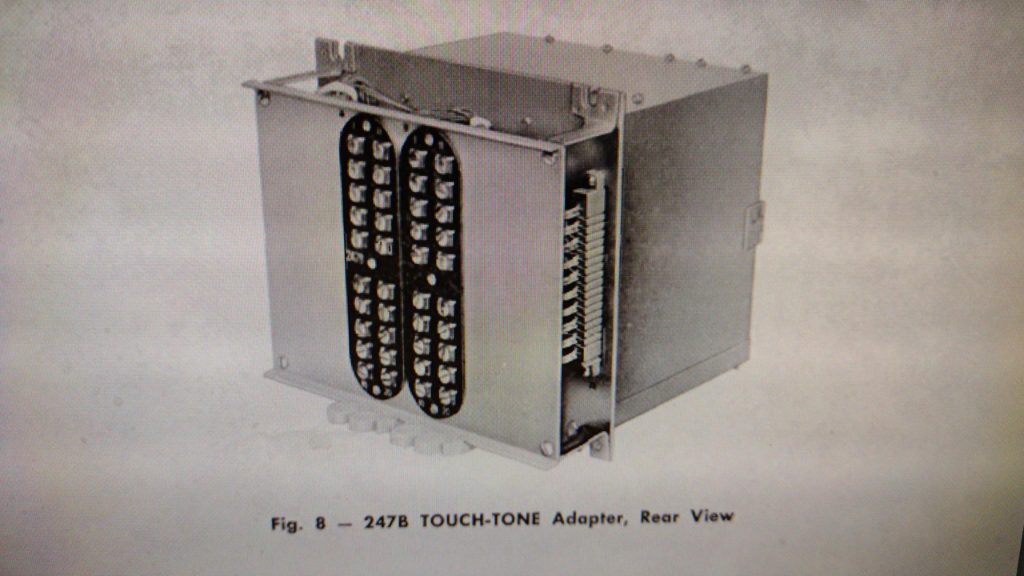
Below is a control system made for SANDRA ,San Diego Repeater Assn in Oct 1976 using a 247B decoder that allowed the clubs uhf repeater to control the ON/OFF function (disabling it) of the clubs vhf repeater as well as the uhf repeater also.
In this design there were (6) relays and (1) latching relay, that was taken from military surplus equipment which was plentiful thanks to all the industrial, military and aerospace surplus outlets in California.
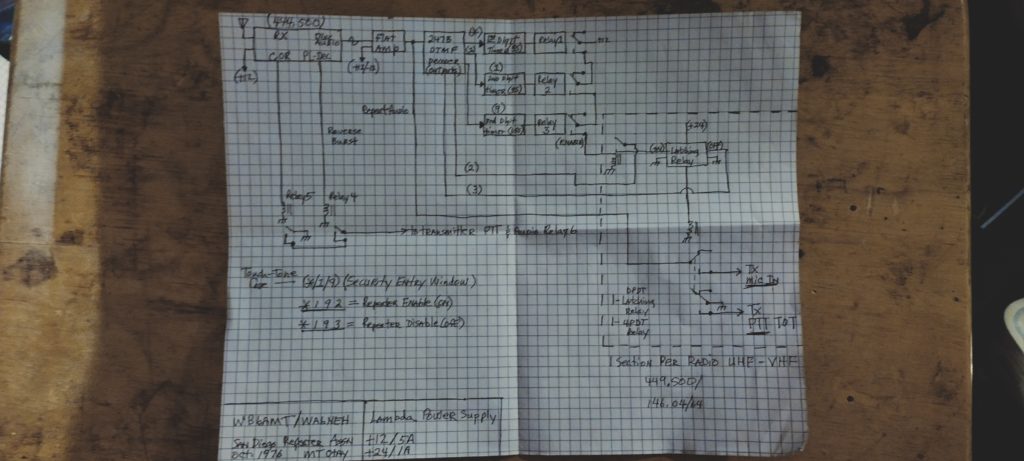
In a repeater’s cabinet, it wasn’t uncommon to have a 19” rack panel loaded with rows and rows of relays to perform the switching needs of repeaters and remote base stations on mountain tops.
Most radio sites had telephone service for the commercial customers DC Wireline control use was popular among commercial radio dispatchers like the police or taxi cab company’s covering a wide area.
This also gave the hams an idea…lets add a phone patch and make direct dial phone calls thru the repeater, the phone company can’t even do that! The Autopatch was created.
This was in the 60’s & 70’s long before there was direct dial mobile telephone service or cell phones, however you could find many hams using their vhf or uhf radio in their cars talking to the wife on the radio clubs autopatch, being told to go pick up the kids from soccer practice.
Replacing the stock microphone on your radio with a telephone handset completed the image that the car next to you at a traffic light could hear and see as you carry on with your conversation using the Autopatch.

As TTL, CMOS, Op-amps and other integrated circuits entered the picture, many relays were eliminated and smaller more solid state control systems were created.
Here is a Zetron unit Model 48B, which was one of the Cadillac radio control system in the late 1980s & 90’s. This would have been used to provide the basic on-off repeater functions plus a few added functions like mobile to mobile paging and user time accounting of the repeater or autopatch.
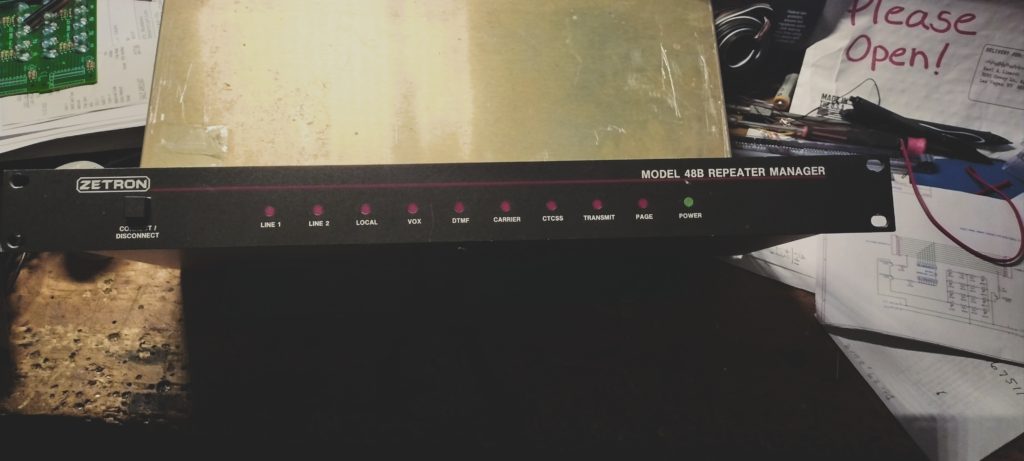
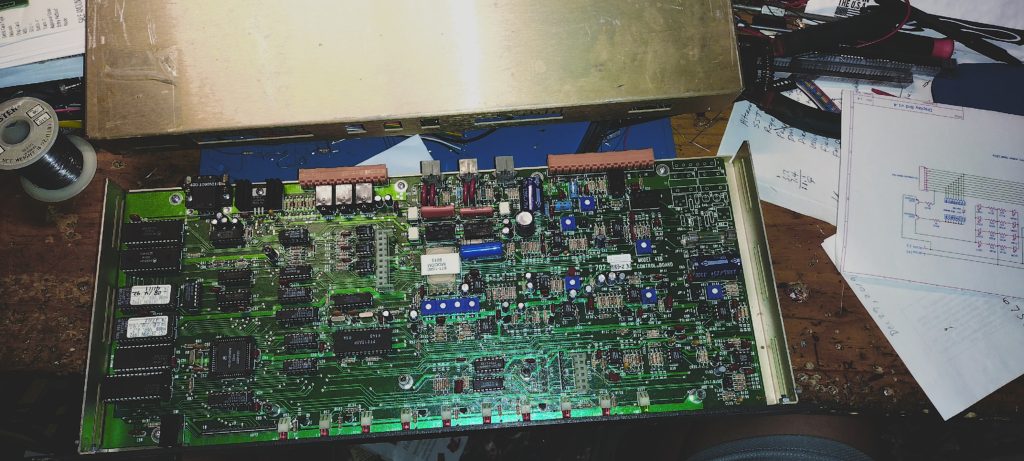
Smaller is better…right?
Now that we have smaller more modern single board microprocessor units available, many switching, control DTMF decoding and audio management is available in a 2-1/2” x 3-1/2” unit like the Rasp pi 3b+ which is seen here.
And much less expensive to build (before the pandemic/ supply chain BS started).
As far as control functions, these units only limitations are amount of over head resource memory and how many lines of commands you can write.
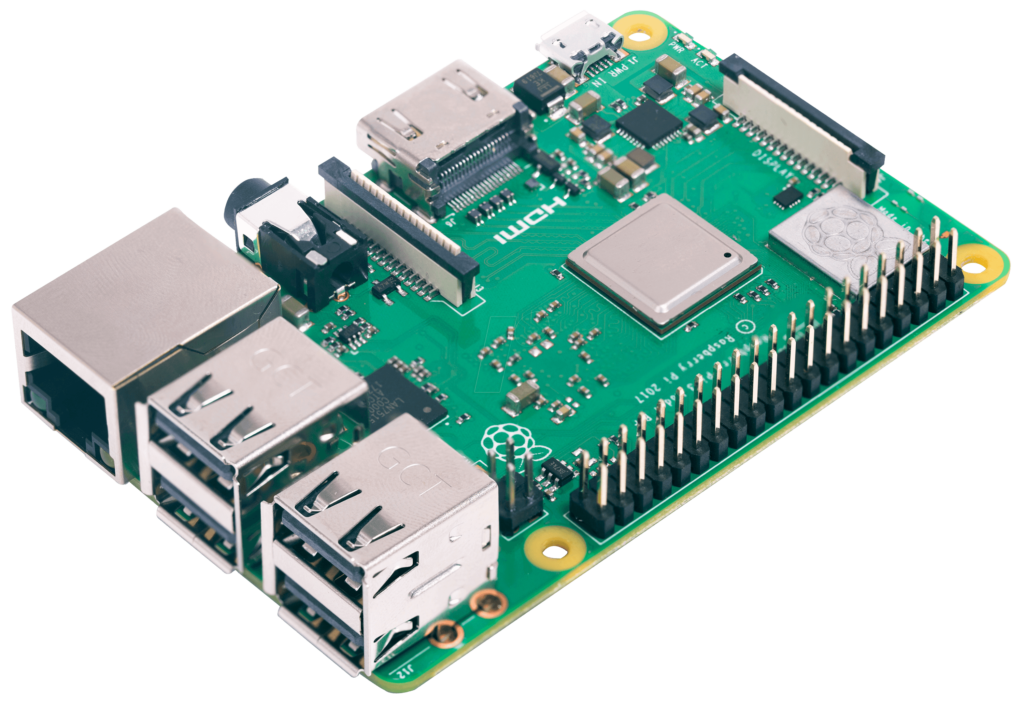
The HARC repeater control systems have standardized on the use of a WB6AMT repeater control system, utilizing Rasp Pi3 B+ along with a Masters Communication RA-40 USB radio interface board for control and as the All-star nodes on the clubs H1, H2 & H5 repeaters as well as the C1 repeater in California.
These units are built into RF sealed enclosures and have RF network feed-thrus to allow the audio and control signals to go in & out to the repeater without letting any high level rf signals from entering inside the enclosure and affecting interference to the microprocessor.
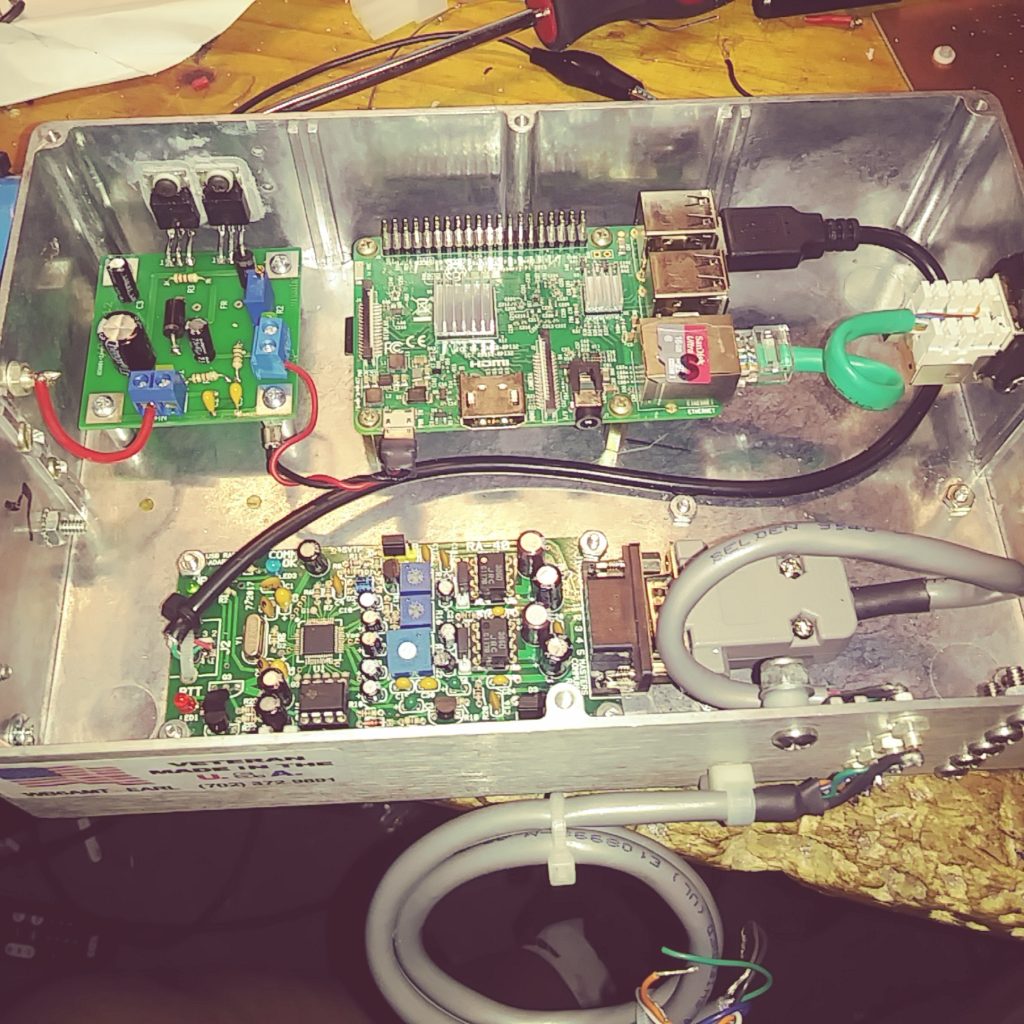
It sure would have been nice to have voice prompts back in the old-days instead of the “beep-beep-beep” tones that were used to tell us what mode or condition the repeater was in or what radios were connected to what.
Now days anyone can experiment with touch tone decoders, like this Mitel MT8870 dtmf board available online for less than $3.
These Mitel units interface directly to transistors and provide a BCD output to connect to a plethora of projects.
As tones are decoded the on-board LEDs display the BCD output.
It operates on +5 volts and the audio can be inserted into the audio jack shown.
